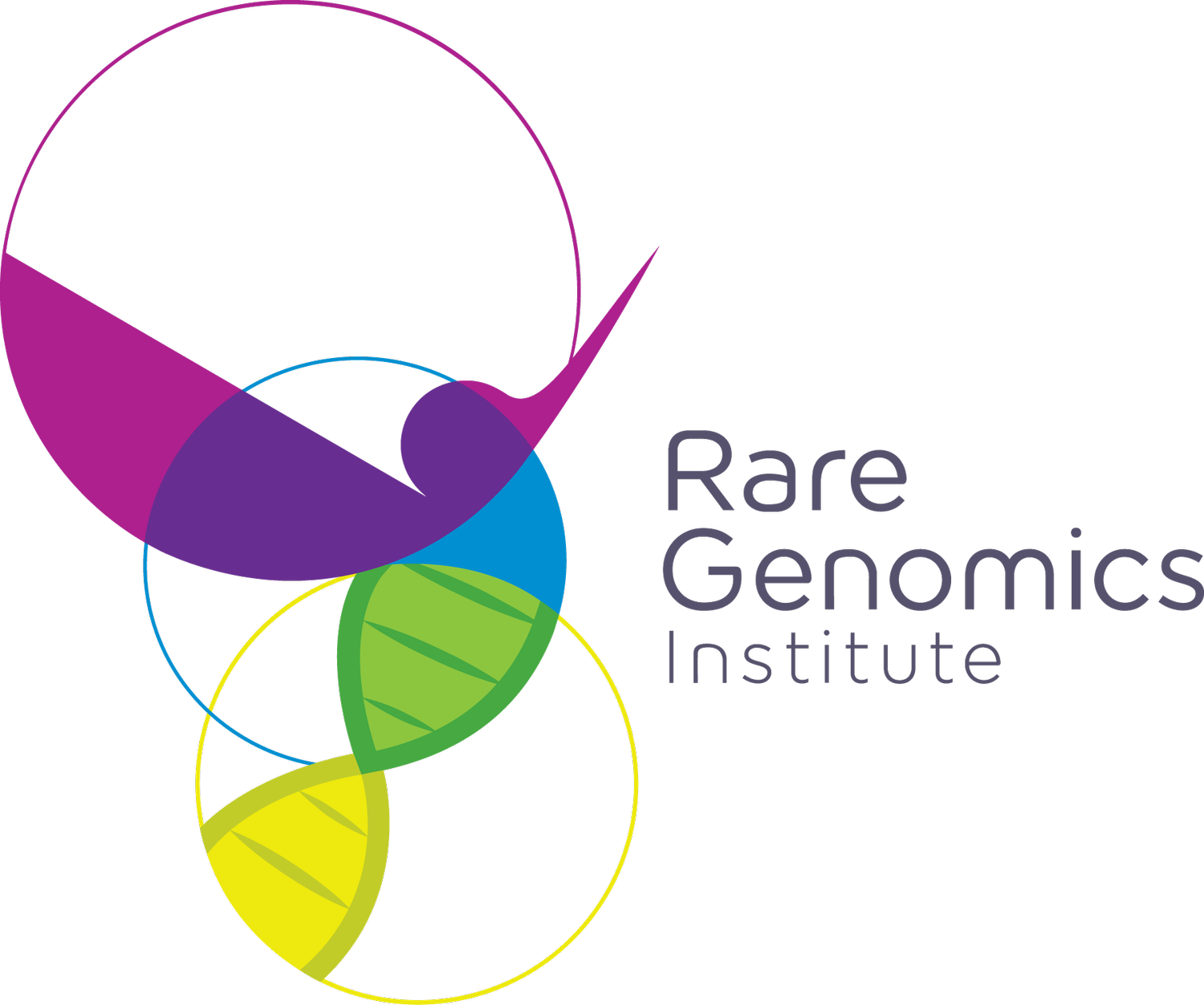Paraneoplastic Limbic Encephalitis (PLE)
What is Paraneoplastic Limbic Encephalitis (PLE)?
Paraneoplastic limbic encephalitis (PLE) is a rare neurological syndrome associated with cancer, and selectively affects limbic system structures, including the hippocampus, hypothalamus, and amygdala. Patients often present with cognitive impairment, personality change, short-term memory loss, and seizures. More information about PLE may be found on the NIH’s website: https://www.ncbi.nlm.nih.gov/books/NBK519523/
What is the prevalence of PLE?
The incidence of autoimmune encephalitis increased over time from 0.4/100,000 person-years (1995–2005) to 1.2/100,000 person-years (2006–2015).
How is PLE diagnosed?
The diagnosis is difficult because clinical markers are often lacking, and symptoms usually precede the diagnosis of cancer or mimic other complications. The diagnosis of PLE required neuropathological examination or the presence of the four following criteria: (i) a compatible clinical picture; (ii) an interval of <4 years between the development of neurological symptoms and tumour diagnosis; (iii) exclusion of other neuro-oncological complications; and (iv) at least one of the following: CSF with inflammatory changes but negative cytology; MRI demonstrating temporal lobe abnormalities; EEG showing epileptic activity in the temporal lobes.
Is there any specific gene/pathway in PLE that has been identified?
Antibodies to Ma2 (also known as anti-TA), NMDA-receptor, anti-Hu, anti-metabotropic glutamate receptor 5 (mGluR5) antibodies, anti-GABA B and anti-glutamate receptor were found in many patients with paraneoplastic limbic encephalitis, although this marker may be absent in some patients.
How is PLE treated?
Managing the tumor causes a gradual improvement of the syndrome's signs and symptoms despite the persistence of the radiological signs, either by chemotherapy or by removing the tumor surgically, and it’s considered as the first line of treatment for PLE. Supportive care is required in patients, and other options include high doses of corticosteroid, plasma exchange, high dose immunoglobulin and immunosuppressive drugs.
Are there any clinical trials underway for PLE?
The National Institutes of Health (NIH) has completed 1 clinical trial for PLE. Currently, there are 2 clinical trials underway for the condition. More information on future studies and patient recruitment can be found here: https://clinicaltrials.gov/ct2/results?cond=Paraneoplastic+Limbic+Encephalitis+&term=&cntry=&state=&city=&dist=
How can RareShare be helpful to PLE patients and families?
The paraneoplastic limbic encephalitis (PLE) Rareshare community has 4 members. There is currently 1 active discussion underway. New discussions can help to connect patients, health workers, caregivers and families interested in PLE and provide them continual access to community resources.
